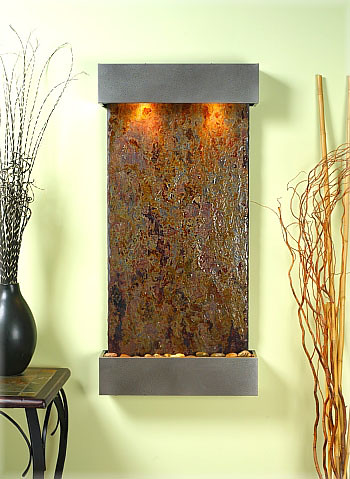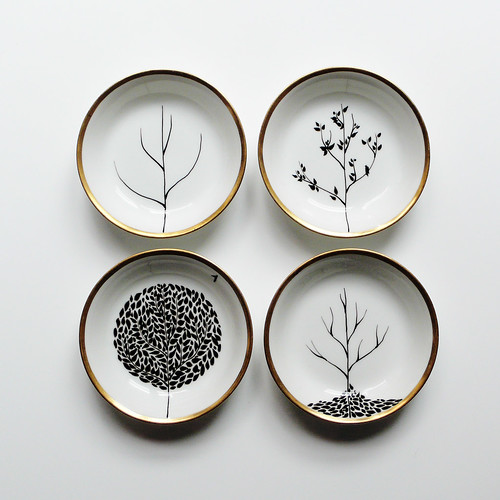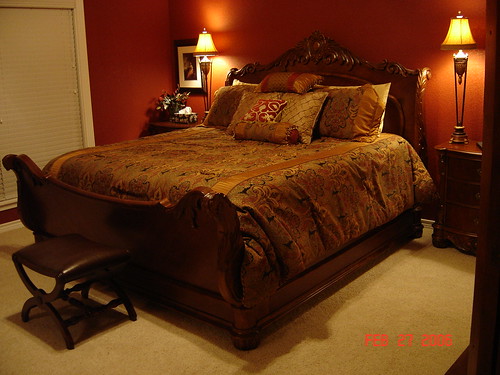

How was your Monday? Was this your first day back in the world after Thanksgiving? How did it go?



by Jim Jarmusch | Published January 22, 2004
 |
Rule #1: There are no rules. There are as many ways to make a film as there are potential filmmakers. It’s an open form. Anyway, I would personally never presume to tell anyone else what to do or how to do anything. To me that’s like telling someone else what their religious beliefs should be. That’s against my personal philosophy—more of a code than a set of “rules.” Therefore, disregard the “rules” you are presently reading, and instead consider them to be merely notes to myself. One should make one’s own “notes” because there is no one way to do anything. If anyone tells you there is only one way, their way, get as far away from them as possible, both physically and philosophically.
Rule #2: Don’t let the f*****s get ya. They can either help you, or not help you, but they can’t stop you. People who finance films, distribute films, promote films and exhibit films are not filmmakers. They are not interested in letting filmmakers define and dictate the way they do their business, so filmmakers should have no interest in allowing them to dictate the way a film is made. Carry a gun if necessary.
Also, avoid sycophants at all costs. There are always people around who only want to be involved in filmmaking to get rich, get famous, or get laid.
Rule #3: The production is there to serve the film. The film is not there to serve the production. Unfortunately, in the world of filmmaking this is almost universally backwards. The film is not being made to serve the budget, the schedule, or the resumes of those involved. Filmmakers who don’t understand this should be hung from their ankles and asked why the sky appears to be upside down.
Rule #4: Filmmaking is a collaborative process. You get the chance to work with others whose minds and ideas may be stronger than your own. Make sure they remain focused on their own function and not someone else’s job, or you’ll have a big mess. But treat all collaborators as equals and with respect. A production assistant who is holding back traffic so the crew can get a shot is no less important than the actors in the scene, the director of photography, the production designer or the director. Hierarchy is for those whose egos are inflated or out of control, or for people in the military. Those with whom you choose to collaborate, if you make good choices, can elevate the quality and content of your film to a much higher plane than any one mind could imagine on its own. If you don’t want to work with other people, go paint a painting or write a book.
Rule #5: Nothing is original. Steal from anywhere that resonates with inspiration or fuels your imagination. Devour old films, new films, music, books, paintings, photographs, poems, dreams, random conversations, architecture, bridges, street signs, trees, clouds, bodies of water, light and shadows. Select only things to steal from that speak directly to your soul. If you do this, your work (and theft) will be authentic. Authenticity is invaluable; originality is nonexistent. And don’t bother concealing your thievery—celebrate it if you feel like it. In any case, always remember what Jean-Luc Godard said: “It’s not where you take things from—it’s where you take them to.”

RECIPE:
1 1/4 cups flour
1 teaspoon salt
2 Tablespoons dark cocoa powder
11 ounces quality dark chocolate (60-72%), chopped coarsely
8 ounces butter (2 sticks), cut into 1 inch cubes
1 tsp instant espresso powder
1 ½ cups sugar
½ cup light brown sugar
5 large eggs, room temperature
2 teaspoons vanilla extract
Preheat oven to 350 degrees.
Butter the sides and bottom of a glass or light colored metal pan 9x13x2 pan.
In a medium bowl, whisk together the flour, the salt, and cocoa powder.
Configure a large sized double boiler. Place the chocolate, the butter, and the instant espresso powder in the bowl of the double boiler and stir occasionally until the chocolate and butter are completely melted and combined. Turn off the heat, but keep the bowl over the water of the double boiler and add both sugars. Whisk the sugars until completely combined and remove the bowl from the pan. Mixture should be room temperature.
Add three eggs to the chocolate/butter mixture and whisk until just combined. Add the remaining eggs and whisk until just combined. Add the vanilla and stir until combined. Do not over beat the batter at this stage or your brownies will be cakey.
Sprinkle the flour/cocoa/salt mix over the chocolate. Using a spatula (DO NOT USE A WHISK) fold the dry into the wet until there is just a trace amount of the flour/cocoa mix visible.
Pour the mixture into the pan and smooth the top with your spatula. Bake the brownies for 30 minutes (rotate the pan half-way through baking) and check to make sure the brownies are completely done by sticking a toothpick into the center of the pan. The brownies are done when the toothpick comes out with a few moist crumbs.
Cool the brownies completely before cutting and serving.
CHECK OUT their web site: BAKED
CHECK OUT the excellent book with all sorts of swell recipes: BAKED
-angelo














 Decorating country kitchen ideas
Decorating country kitchen ideas


 Oak kitchen wooden cabinet designs
Oak kitchen wooden cabinet designs
 Contemporary kitchen
Contemporary kitchen  Wooden kitchen cabinets
Wooden kitchen cabinets
 Country Kitchen wall Decoration ideas
Country Kitchen wall Decoration ideas home deocorations
home deocorations
 picture decors
picture decors home decors
home decors home decoration
home decoration


 bedrooms
bedrooms bedroom bedsheets
bedroom bedsheets